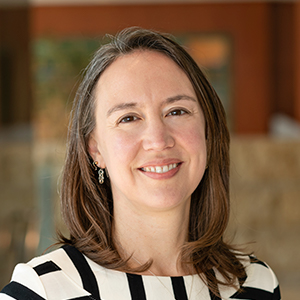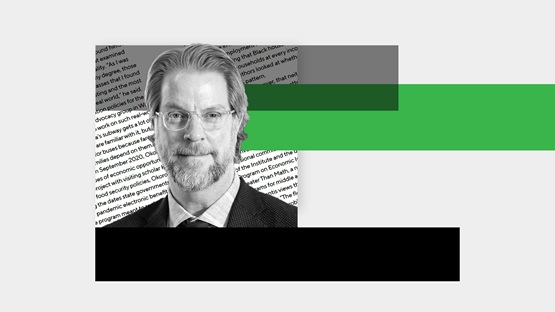The research community at the Institute includes visiting scholars, consultants, economists, research analysts, and research assistants. These scholars bring a diversity of backgrounds, interests, and expertise to research that deepens our understanding of economic opportunity and inclusion as well as policies that work to improve both.
By the time he turned 18, visiting scholar Marcus Casey estimates, he had lived in eight different neighborhoods in Illinois, Indiana, and Texas, as his family moved from one place to another in their quest to balance the neighborhood features they desired and the rent they paid.
“With all those changes, I became interested in how different policy environments, different economic environments, the different aspects of living in these different places—how do they affect people’s later outcomes?” Casey said.
A large literature in economics shows that neighborhoods shape employment and income, social networks and job referrals, the quality of schools and access to health care. Because neighborhoods matter, Casey seeks to understand factors that lead people to live where they do.
Take race. “Racial stratification remains a defining feature of every major city in the United States,” Casey and his co-authors write in a paper examining whether households that receive a new neighbor of a different race just one or two doors down are more likely to move than are residents who are farther away on the same block.
They find that both White and Black households are more likely to move when a near neighbor of a different race moves in. Interestingly, it is Black homeowners under 40 years old and White homeowners over 60 years who react most. This suggests that focusing on the quality of social interactions may be important to maintaining stable, integrated neighborhoods.
Another factor that influences where people live: money. In the 1990s and 2000s, gentrification of urban neighborhoods priced out many residents, but they could often move nearby, much like Casey’s family did. “Nowadays, however, because we’ve restricted the supply of new housing so much, people can’t just move to the next neighborhood necessarily,” Casey said, because low supply plus high demand translates to very high prices. In Washington, D.C., Casey finds that gentrification has led the city’s lower-income residents to be increasingly concentrated in the northeast and southeast sections of the city—neighborhoods that are declining on many social and economic measures—which has consequences for its residents’ outcomes later in life.
And in what Chicago neighborhood does Casey live now? In a city this segregated and unequal, there are too often trade-offs between a neighborhood’s quality and its diversity. “I don’t want to isolate my children, but at the same time, I don’t want to subject them to places lacking amenities,” Casey said. “It’s complicated.”
This article is featured in the Fall 2023 issue of For All, the magazine of the Opportunity & Inclusive Growth Institute
More scholar spotlights from this issue
Lisa Camner McKay is a senior writer with the Opportunity & Inclusive Growth Institute at the Minneapolis Fed. In this role, she creates content for diverse audiences in support of the Institute’s policy and research work.






